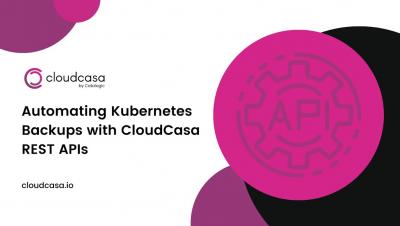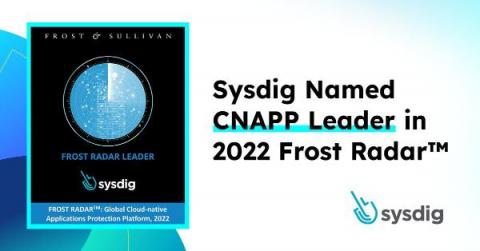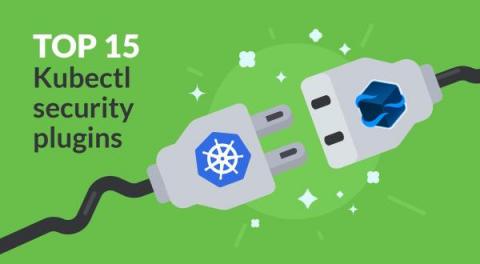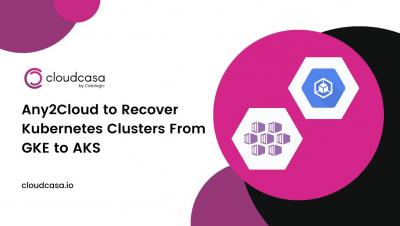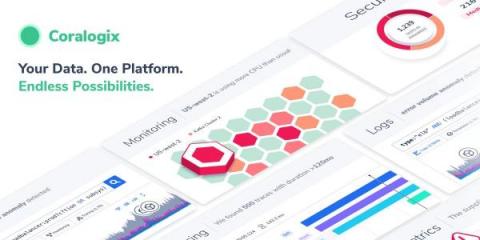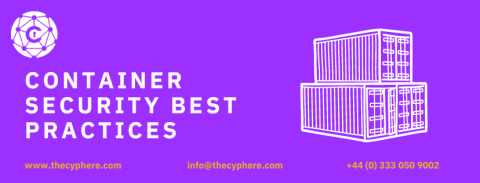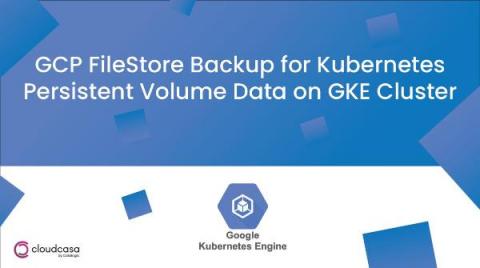Security | Threat Detection | Cyberattacks | DevSecOps | Compliance
Containers
Sysdig a Leader in Frost Radar, CNAPP 2022
Frost & Sullivan has named Sysdig a Leader in its recent research, Frost Radar™: Cloud-Native Application Protection Platforms (CNAPP). The independent report ranks Sysdig as a top vendor in both innovation and growth, putting special emphasis on the strength of Sysdig’s technology and market vision compared to competitors in the space.
Accelerating Secure Infrastructure Deployments with Policy-as-Code Authorization
Styra is today introducing a better way for platform engineering teams to empower hundreds or thousands of developers and accelerate their infrastructure deployments, including the broadest policy library and infrastructure authorization toolset for Kubernetes, Terraform and CloudFormation.
Exploiting CVE-2021-3490 for Container Escapes
Today, containers are the preferred approach to deploy software or create build environments in CI/CD lifecycles. However, since the emergence of container solutions and environments like Docker and Kubernetes, security researchers have consistently found ways to escape from containers once they are compromised. Most attacks are based on configuration errors.
Kubescape brings a new level of security to Charmed Kubernetes
Top 15 Kubectl plugins for security engineers
Let's dig deeper into this list of Kubectl plugins that we strongly feel will be very useful for anyone, especially security engineers. Kubernetes, by design, is incredibly customizable. Kubernetes supports custom configurations for specific use case scenarios. This eliminates the need to apply patches to underlying features. Plugins are the means to extend Kubernetes features and deliver out-of-the-box offerings.
Any2Cloud to Recover Kubernetes Clusters from GKE to AKS
A Guide To Container Security - Best Practices
With over 7.3 million docker accounts created in 2021, Docker’s popularity has seen a meteoric rise since its launch in 2013. However, more businesses using it also means attackers are incentivized to target docker vulnerabilities. As per a 2020 report, 50% of poorly configured docker instances were subjected to cyber-attacks. And it’s not that easy to spot these poor configurations either because you must conduct checks at multiple levels.
Container security best practices: Your guide to securing containers
Over the last few years, there has been a huge adoption of containers. Actually, container technologies have existed for a while, but in 2013, the launch of Docker gave popularity to containers. Docker shows organisations how they can go for container-first development and operations mode. But along with the increase in the use of containers or growth of containers, the risks associated with them also increased.
GCP FileStore Backup for Kubernetes Persistent Volume Data on GKE Clusters
Google Cloud Provider (GCP) Filestore is a good place to keep lots of rich, unstructured data, such as graphic designs, video editing files, and other media workflows that use files as input and output. Having GCP Filestore backups enables users to protect themselves against the rare case of inaccessibility, accidental changes, ransomware attacks, or other types of disasters.


